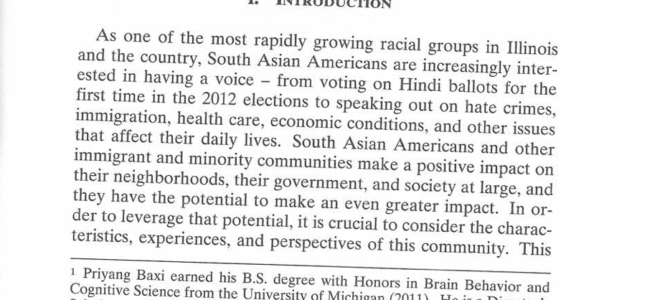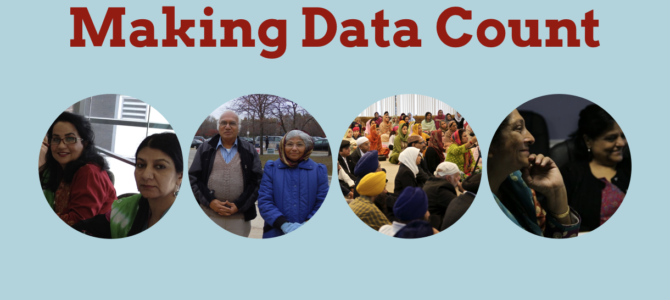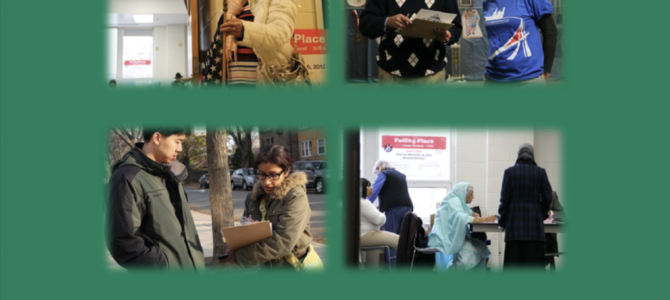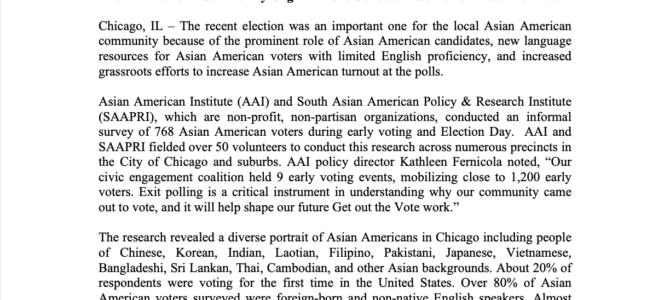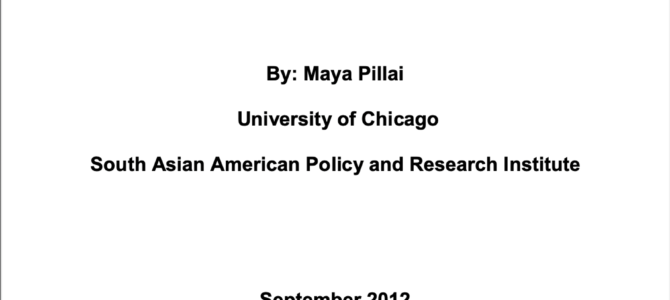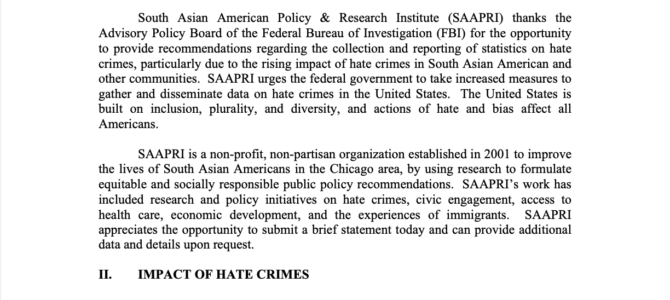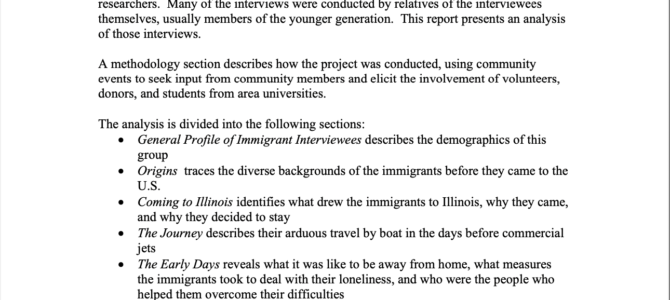SAAPRI published an article “South Asian American Civic Engagement: Opportunity for Impact” in the Spring 2013 edition of DePaul Journal for Social Justice. The authors Priyang Baxi and Ami Gandhi thank contributing author Payal Shah, Esq. as well as Maimoona…
